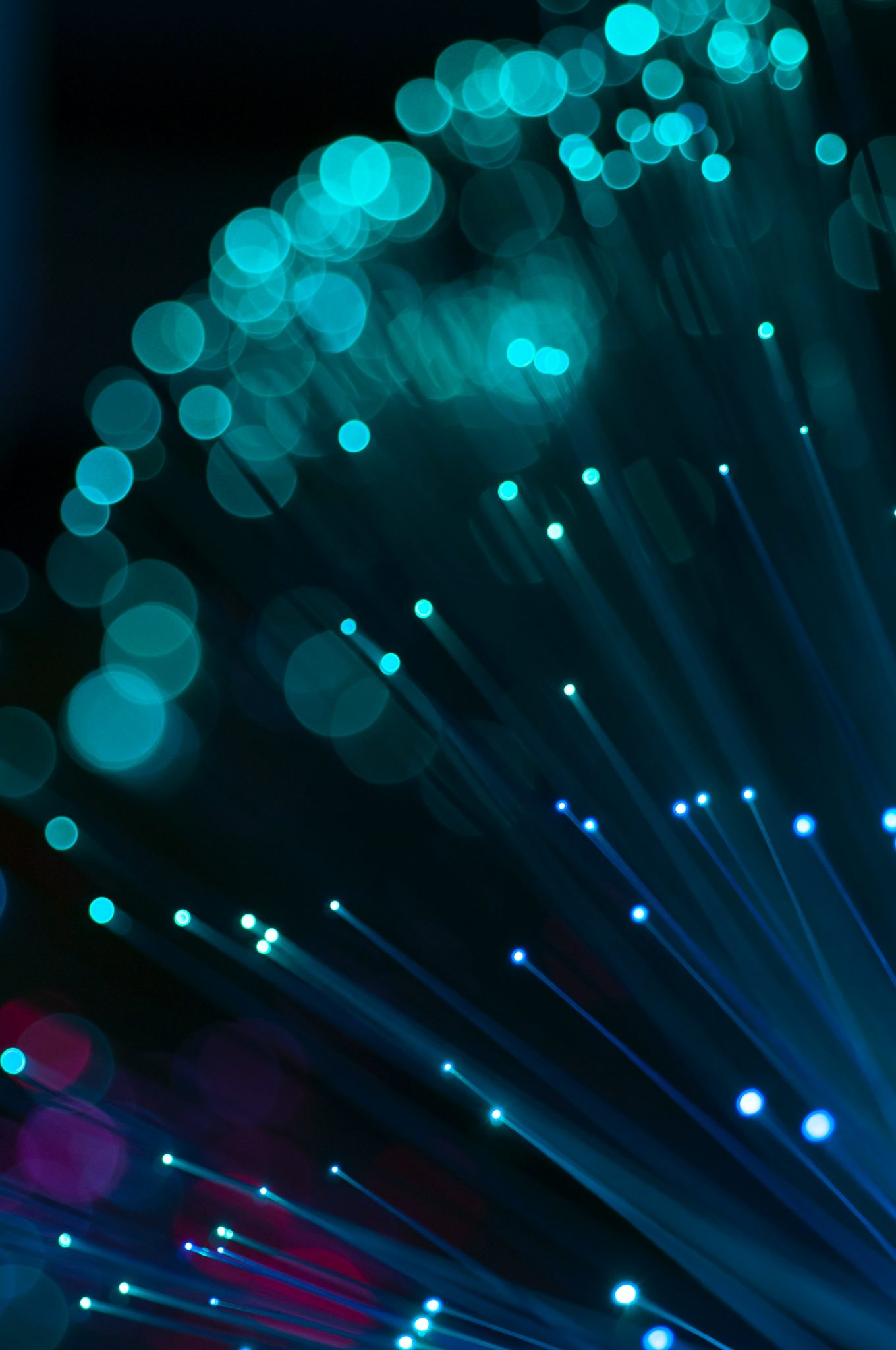This article first appeared in Campaign ME.
In the fourth part of his look at the pandemic’s effect on technology, Hearts & Science’s MD looks at how it has accelerated the adoption of IOT, and at the threats, challenges and opportunities this adoption brings.
As cities start to open up, another accelerated change we are witnessing from the pandemic is the impact and application of IoT (Internet of Things). Simply put, IoT is the current interconnected state of devices and technologies that are continuously able to send and receive data between each other. As tasks become more automated, we are continuously seeing more devices enter this ecosystem – now more than ever – as the need to track human movement becomes crucial.
Before we look at the implementation of this technology to Covid-19-specific situations, let us first understand the capability of the technology and how much we rely on it today. In its simplest form, IoT has the capability to connect all your personal devices – your Apple Watch, iPhone, Macbook and Apple TV – so they can continuously send and receive data from one another. Another example is the connected security system devices across buildings linking gate barriers to CCTV to alarms and so on. Or it can be implemented using RFID (Radio Frequency IDentification) tags that are placed on most products to help track them logistically or operationally. The amount of data being collected through these devices is unprecedented, allowing anyone who uses such technology access to a wealth of data never seen before in human history.
When we think of the application of technology during the pandemic, it has been used from the beginning and it will play a bigger role as cities open. Let us look at two cases below:
- IoT Usage at the beginning of Covid-19: At the onset of the pandemic, many countries focused first on tracking the spread of the virus. Countries such as Russia, Singapore, South Korea and Poland relied heavily on IoT and mobile apps to track the spread of the virus to help them reduce the spread and manage the curve.
- IoT Usage in the current situation: As cities and economies start to open up, most companies are relying on smart cameras to help them detect biometric data such as temperature and face ID to help them maintain a Covid-19-free environment. This can be mainly seen now in malls across the region.
The power of IoT is truly boundless as we continue to see the concept develop and evolve into each sector. From autonomous cars, smart homes/offices, wearables, supply chain management, autonomous agriculture… the list goes on. Let us take a deeper look into how this accelerated change can impact government and corporations, people and the marketing world:
Government & Corporations:
The application of IoT in the government sector will ultimately give them more information on their constituents. This can have both a positive or negative impact, resulting in better solutions to taxpayers and residents or greater control and surveillance. On the positive side, IoT will allow governments to respond faster in times of crisis by setting up devices that alert authorities on various triggers. This will result in lower crime rates through greater surveillance with technologies such as facial recognition, services management such as community cooling optimization and infrastructure management with smart vehicles monitoring roads. The solutions are infinite and beneficial as cities move to become smarter.
The same will apply to corporations, and there can be great strides to unlock new areas of growth if they are applied correctly and if companies structure themselves for such developments. The greatest concern around corporations (and governments) implementing more IoT is the role that procurement plays in the vendor selection. If we take the case of installing smart camera systems, opting for the “cheaper” vendor will sometimes open the door for greater cyber security concerns. Most companies are not set up for their procurement departments to understand the risks.
People:
Moving the implications of IoT from governments to people, the main areas that we will all benefit from will be the ability for this technology to grant us all more transparency, convenience, and time saving. From a transparency perspective, as companies implement these technologies such as blockchain, AI & IOT, end consumers will be able to know every detail of what they are purchasing with a simple scan; this will continue to reward companies that are sustainable and deliver value/purpose. When it comes to convenience, think of autonomous vehicles/drones used for deliveries and the likes; this will grant us all the same convenience that ride sharing has – a major shift in behaviour and habits. Finally, and more importantly, when most of our devices start “talking” we will be able to do everything faster and more systematically; think of food replenishment and smart homes, to name a few.
Marketing:
As most technologies affect the marketing world, IoT will do the same and grant marketers more transparent information, more automated functions and faster analysis and decision-making. As devices exchange more information, companies will be able to understand what is selling well faster and make changes to both supply chain and product attributes faster than ever. With such changes, the incoming information can be set up based on the analysis to various triggers that would then start smarter automated processes. Think of your brand’s website speaking directly with a consumer’s device and making the necessary changes to marketing spend, product details and delivery optimisation.
As our devices continue to get more interconnected and generate huge amounts of data, my only hope is that governments and corporations set themselves up to ensure that IoT is being used to benefit the greater good. Granting people more transparency, control and time for them to focus on what matters.


